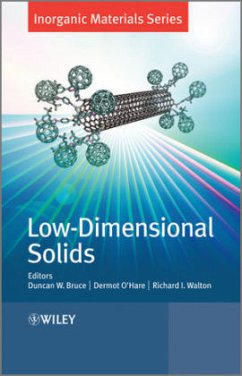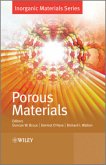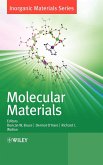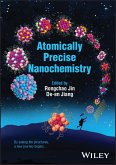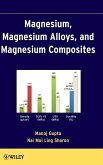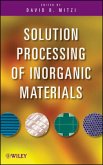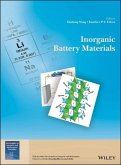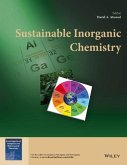While knowledge of the origin of physical properties of many simple solids is comprehensive, this is not the case for low-dimensional solids. This field, however, has seen tremendous development in the last couple of years and the materials have a wide range of applications such as in display devices. Low-Dimensional Solids discusses the importance of low-dimensional solids for theoretical and computational theories. The book covers intercalation in layered materials, boride/carbide/fulleride superconductors, inorganic fullerenes and nanotubes, and oxide nanorods and nanotubes.
With physical properties that often may not be described by the transposition of physical laws from 3D space across to 2D or even 1D space, low-dimensional solids exhibit a high degree of anisotropy in the spatial distribution of their chemical bonds. This means that they can demonstrate new phenomena such as charge-density waves and can display nanoparticulate (0D), fibrous (1D) and lamellar (2D) morphologies.
This text presents some of the most recent research into the synthesis and properties of these solids and covers:
Metal Oxide Nanoparticles
Inorganic Nanotubes and Nanowires
Biomedical Applications of Layered Double Hydroxides
Carbon Nanotubes and Related Structures
Superconducting Borides
Introducing topics such as novel layered superconductors, inorganic-DNA delivery systems and the chemistry and physics of inorganic nanotubes and nanosheets, this book discusses some of the most exciting concepts in this developing field.
Additional volumes in the Inorganic Materials Book Series:
Molecular Materials
Functional Oxides
Porous Materials
Energy Materials
All volumes are sold individually or as comprehensive 5 Volume Set.
Hinweis: Dieser Artikel kann nur an eine deutsche Lieferadresse ausgeliefert werden.
With physical properties that often may not be described by the transposition of physical laws from 3D space across to 2D or even 1D space, low-dimensional solids exhibit a high degree of anisotropy in the spatial distribution of their chemical bonds. This means that they can demonstrate new phenomena such as charge-density waves and can display nanoparticulate (0D), fibrous (1D) and lamellar (2D) morphologies.
This text presents some of the most recent research into the synthesis and properties of these solids and covers:
Metal Oxide Nanoparticles
Inorganic Nanotubes and Nanowires
Biomedical Applications of Layered Double Hydroxides
Carbon Nanotubes and Related Structures
Superconducting Borides
Introducing topics such as novel layered superconductors, inorganic-DNA delivery systems and the chemistry and physics of inorganic nanotubes and nanosheets, this book discusses some of the most exciting concepts in this developing field.
Additional volumes in the Inorganic Materials Book Series:
Molecular Materials
Functional Oxides
Porous Materials
Energy Materials
All volumes are sold individually or as comprehensive 5 Volume Set.
Hinweis: Dieser Artikel kann nur an eine deutsche Lieferadresse ausgeliefert werden.

